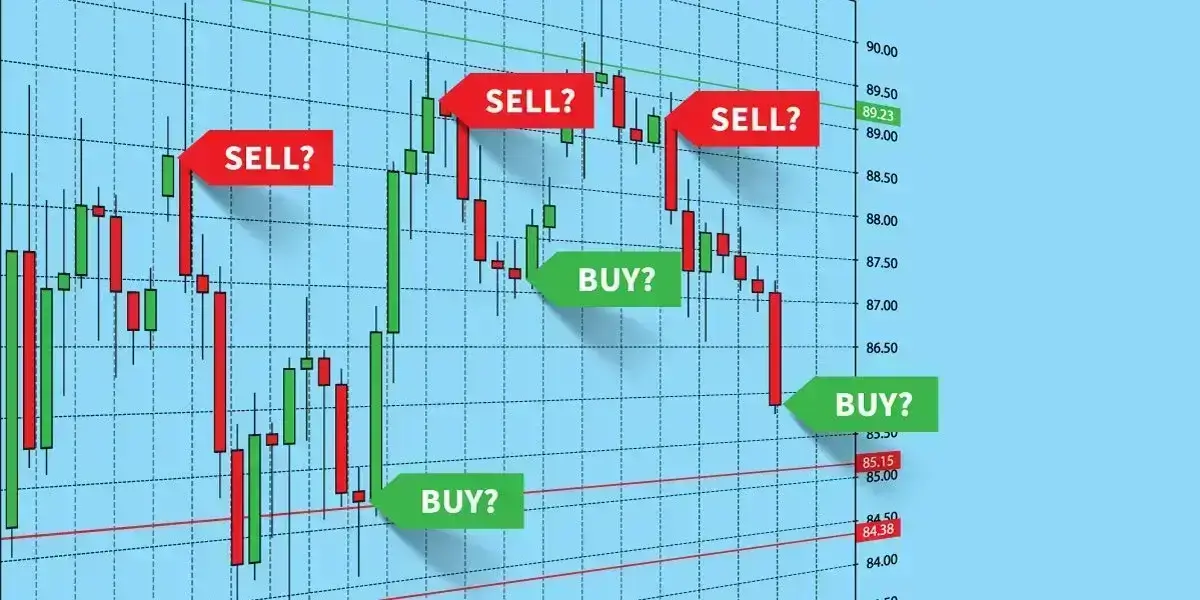What factors affect the value of the U.S. dollar?
When investors decide to buy or sell U.S. dollars, the exchange rate is determined by the economic situation in the United States. A strong economy will attract investment from all over the world and is considered a safe investment environment due to its ability to produce good returns. When establishing a US dollar position, knowing the factors that affect the value of the US dollar is extremely crucial. Investors need to evaluate the multiple factors that affect the US dollar to clearly assess the direction of the forex markets. There are three main factors that affect the US dollar’s exchange rate.
1. The supply and demand of U.S. dollars
When a country exports products or services, there is high demand for U.S. dollars at such times, because customers need to pay for the products and services they need in U.S. dollars. At the same time, they must convert their local currency into U.S. dollars to make payments. In addition, when the U.S. government or large companies issue bonds to finance their operations, foreigners can buy these bonds and they must pay in U.S. dollars, which they have to purchase by selling their home currencies. Furthermore, if the U.S. economy is strong and the profits of U.S. companies continue to grow, foreign investors will be attracted to buy U.S. stocks. Such investments require them to sell their own currency in exchange for dollars to purchase U.S. stocks.
2. Technical factors
To predict the U.S. dollar exchange rate trends, you have to consider various comprehensive factors. In addition to supply and demand factors and market sentiment, historical data, and technical factors, such as seasonal trends, support and resistance levels, technical indicators, among others need to be considered. Many investors think that some technical price patterns will be repeated, so they predict future price movements based on price charts.

3. Market sentiment and public psychology
Sometimes a country’s economy is down and consumption slows down because of rising unemployment. In such cases, the US may sell stocks and bonds to recover funds through exports. so, investors will sell the U.S. dollar in exchange for their national currency.
As an investor, you must understand the U.S. dollar’s supply and demand relationship whether it is an oversupply or undersupply of the world’s reserve currency. In order to gain clarity about this, you must pay attention to critical news events, such as the release of various government statistics,such as employment, GDP and inflation data. In addition, other market and economic data can help investors understand how the economy is changing and assess its strength. Furthermore, it is necessary to identify the overall market sentiment, what financial market investors think the outcome of an event may be. Generally speaking, the market sentiment has a greater impact on the dollar than the basic supply and demand relationship has on the market.
Download Metatrader 4 account or set up a demo trading account to kick start your trading journey now!


